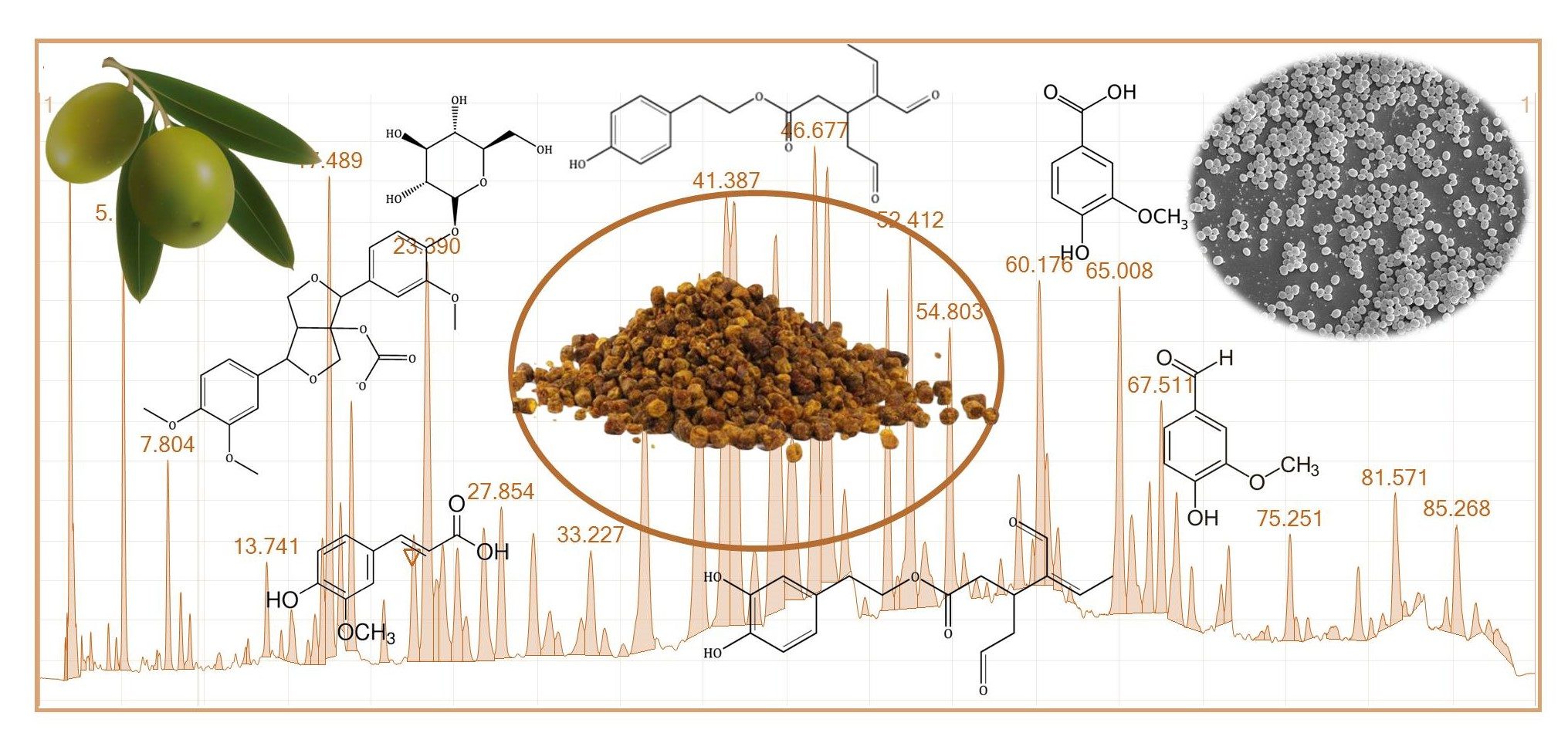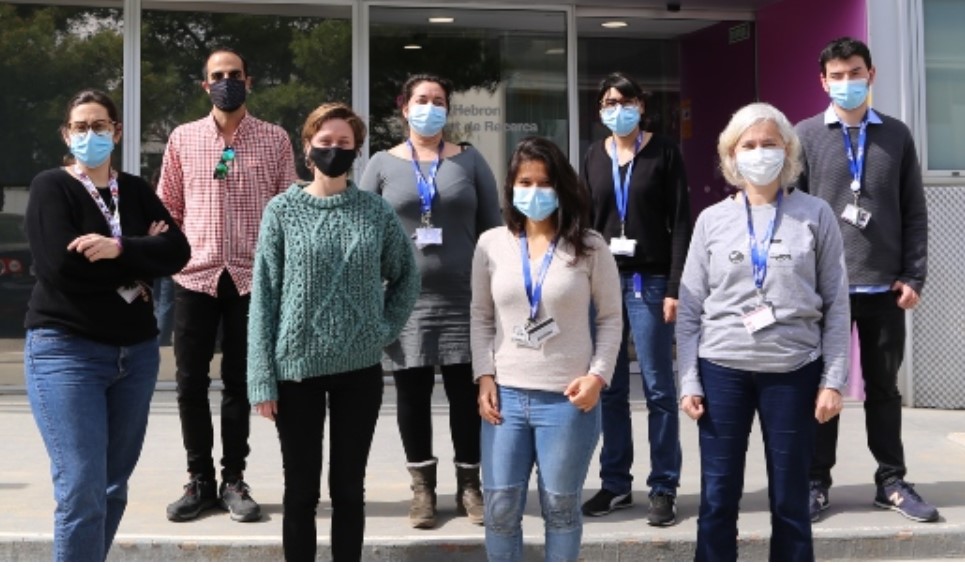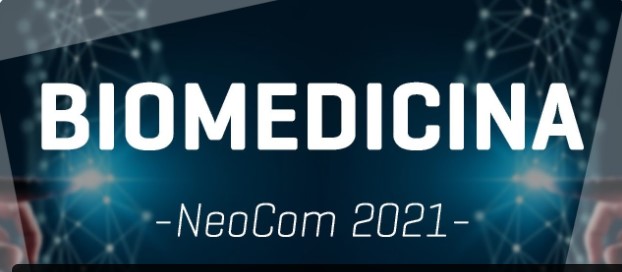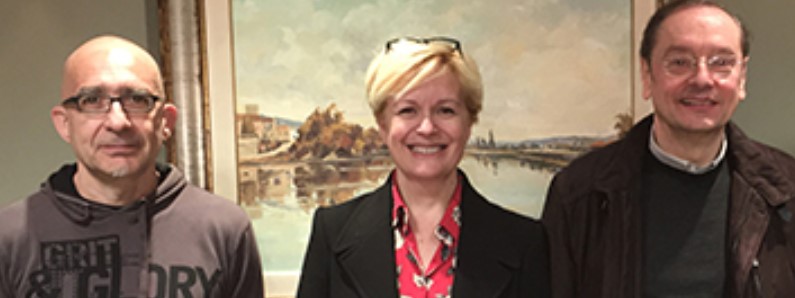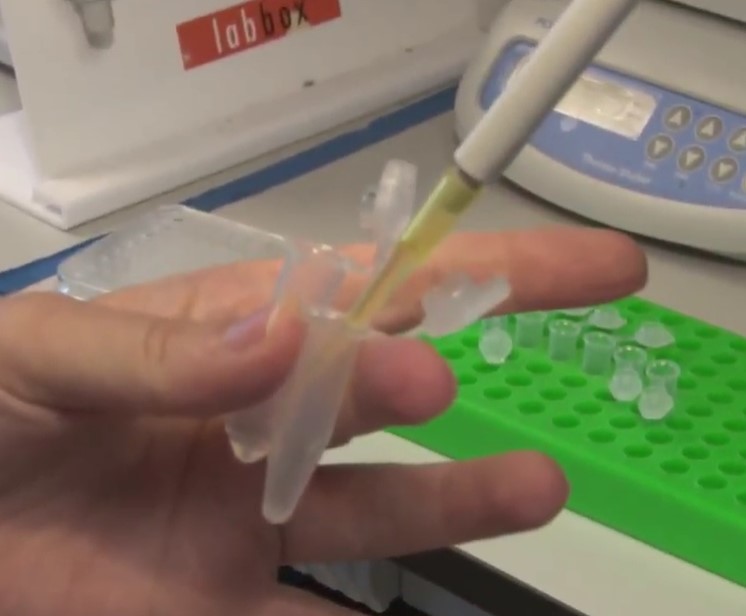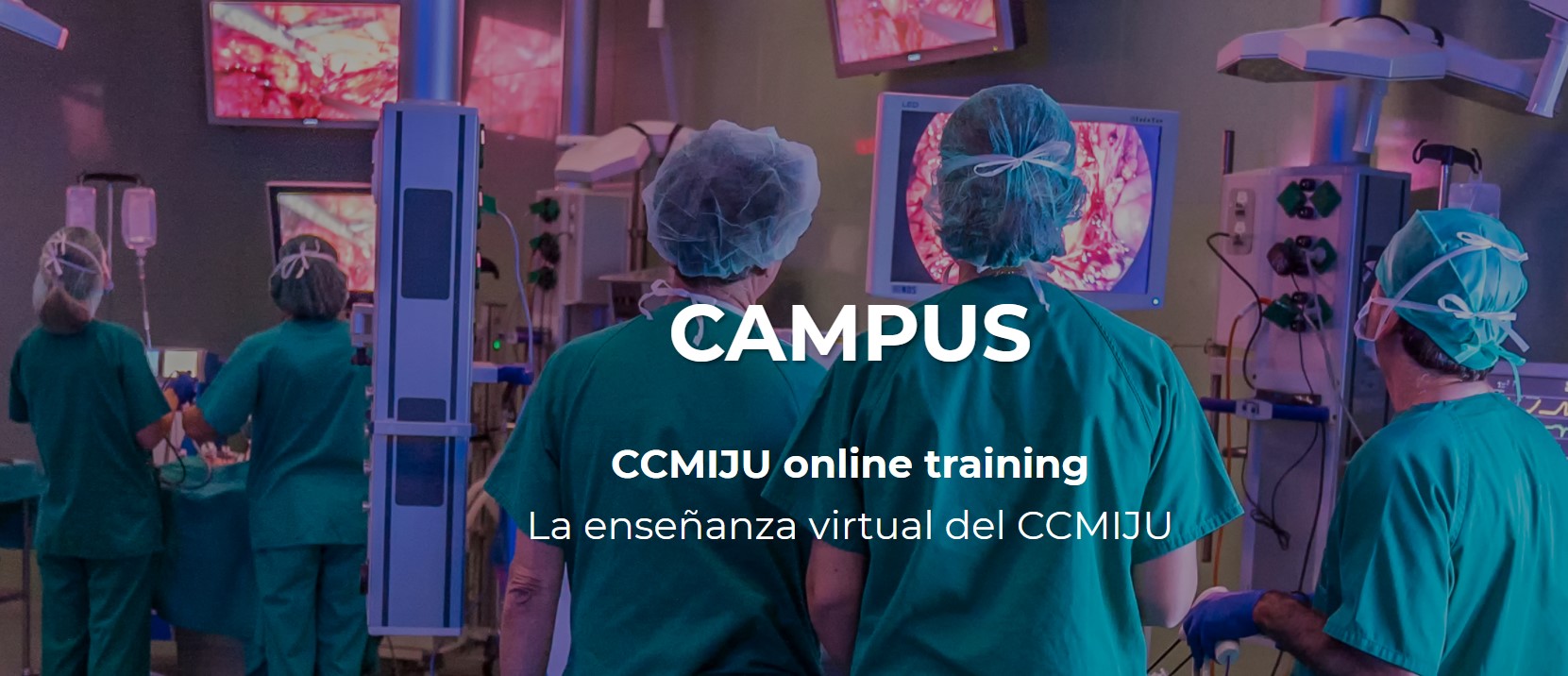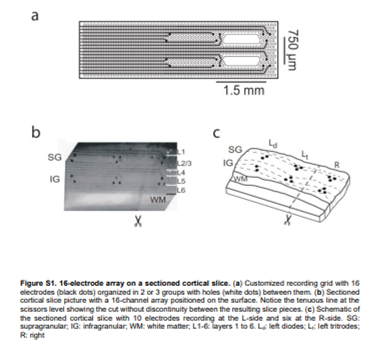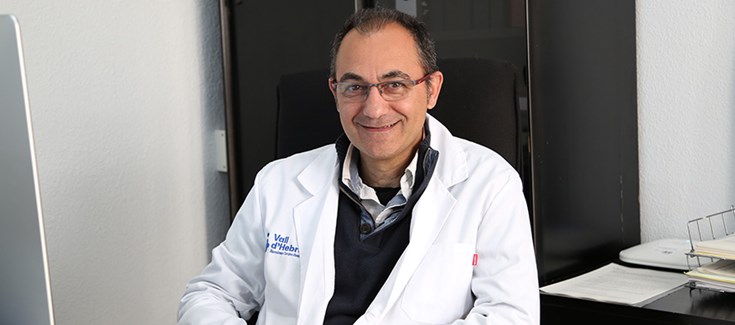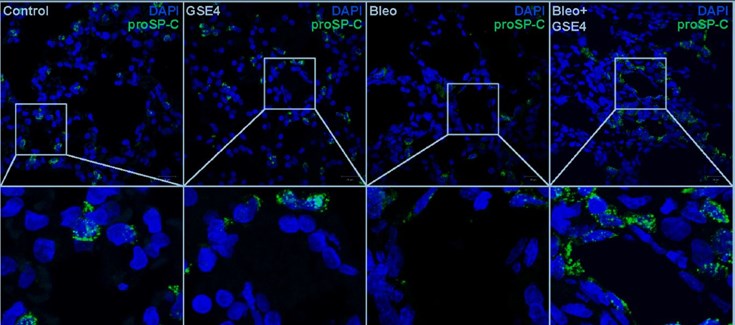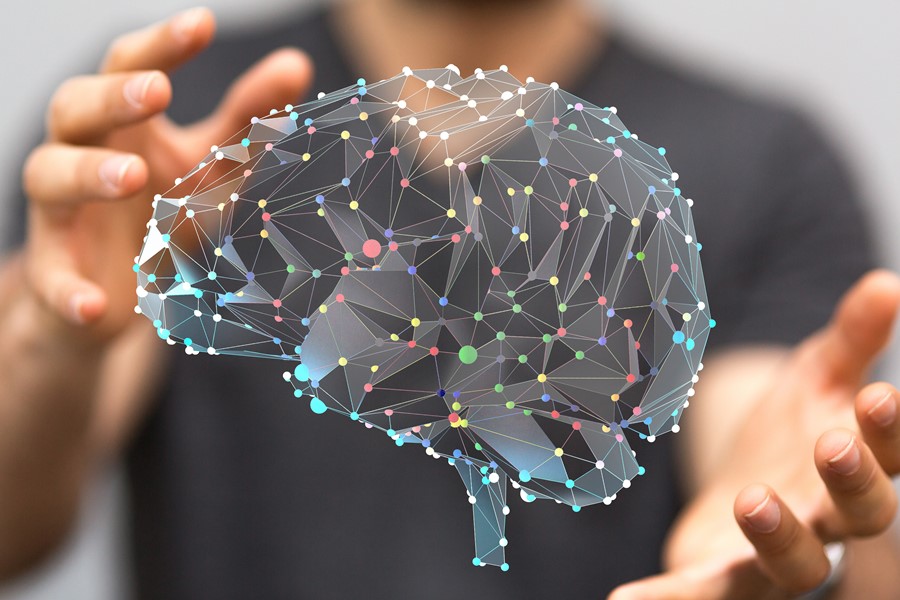In search of antimicrobials from natural bee products to coat implantable biomaterials, avoiding resistance.
The Microbial Adhesion research group-NANBIOSIS ICTS U16 Surface Characterization and Calorimetry Unit of the University of Extremadura (AM-UEX)-, belonging to the CIBER-BBN, led by Maria Luisa González, is searching in natural products, specifically in propolis, compounds with antimicrobial activity to help fight infections associated with biomaterials.
Medical devices have greatly improved healthcare. But biofilm-associated infections related to the use of these devices are a major clinical concern. Biofilms are understood as bacterial communities that adhere to the surface of the devices and are embedded in a polymeric matrix that they themselves produce. This supracellular social organization arises as a survival strategy in hostile environments, such as the human being itself, endowing the microorganisms embedded in it with resistance to mechanical clearance, the host’s immune response and antimicrobial agents. In this context, to prevent bacterial adhesion and the subsequent formation of biofilms, one of the prevention strategies is the coating of the biomaterial surfaces or the incorporation into the biomaterial itself of antimicrobial agents that can prevent their development. These type of infection are also aggravated by the multi-resistance of the microorganisms involved. For this reason, the AM-UEX group works in the search for natural products, with antimicrobial activity, that do not generate resistance, for their incorporation into new implantable biomaterials.
Bees are our allies, and their products can be a good source of available antimicrobials. Propolis is a glue for the hive and is a potentially useful food additive as it contains antioxidant and preservative properties. However, its application in other fields is limited, due to its strong flavor and low solubility. In addition, standardization is difficult because its chemical composition varies according to the flora of the environment. However, it’s common to all that they exhibit remarkable biological activities.
In a first study, the chemical composition of a Spanish propolis with a high antimicrobial capacity against bacterial strains closely related to infections associated with the formation of biofilms on biomaterials, Staphylococcus epidermidis, has been identified. The group has found in a novel Spanish ethanolic extract of propolis (SEEP) a high amount of polyphenols (205 ± 34 mg GAE / g), of which more than half correspond to the flavonoids group ( 127 ± 19 mg QE / g). The importance of this finding lies in the remarkable antioxidant and antimicrobial activities that have been attributed to this class of phenols. In addition, a more detailed analysis revealed the presence of compounds that are also present in olive oil such as vanillic acid, 1-Acetoxypinoresinol, p-HPEA-EA and 3,4-DHPEA-EDA, not previously detected in samples of propolis, which contribute to various health benefits. Other compounds found in relatively low amounts such as ferulic acid and quercetin also provide important therapeutic benefits. Regarding the antimicrobial properties of SEEP, a high sensitivity for S. epidermidis at low concentrations and a high inhibitory capacity at lower concentrations were found.
The antibacterial activity of propolis has been extensively studied, but its mechanism of action remains unclear. Research by our group has focused on measuring alterations in the physicochemical properties of the outermost surface layer of bacterial cells, both in gram-positive (S. epidermidis) and gram-negative (E. coli) cells, after incubation. with different concentrations of this antimicrobial agent. Propolis was found to induce substantial changes in bulk charge density, electrophoretic smoothness, and degree of hydrophobicity of the outermost surface layer of cells. Furthermore, observation by electron microscopy and determination of the release of cellular components carried out in NANBIOSIS Unit 16 of CIBER-BBN and UEX showed that propolis at sub-bactericidal concentrations already causes, at least locally, structural and morphological damage and/or disturbances in the cell wall. This research proposes that the mechanism of action of propolis against bacteria comes initially from the structural damage of the membrane / wall produced by the different constituents of propolis. It is a mechanism of action to which it can be difficult for bacteria to generate resistance, especially if different SEEP molecules work together synergistically.
Reference articles:
Fernández-Calderón, M. C., Navarro-Pérez, M. L., Blanco-Roca, M. T., Gómez-Navia, C., Pérez-Giraldo, C., and Vadillo-Rodríguez, V. (2020). Chemical Profile and Antibacterial Activity of a Novel Spanish Propolis with New Polyphenols also Found in Olive Oil and High Amounts of Flavonoids. Molecules 25, 3318. [DOI]
Vadillo-Rodríguez V, Cavagnola MA, Pérez-Giraldo, Fernández-Calderón MC. (2021) A physico-chemical study of the interaction of ethanolic extracts of propolis with bacterial cells. Colloids Surf B Biointerfaces 200, 111571. [DOI]
